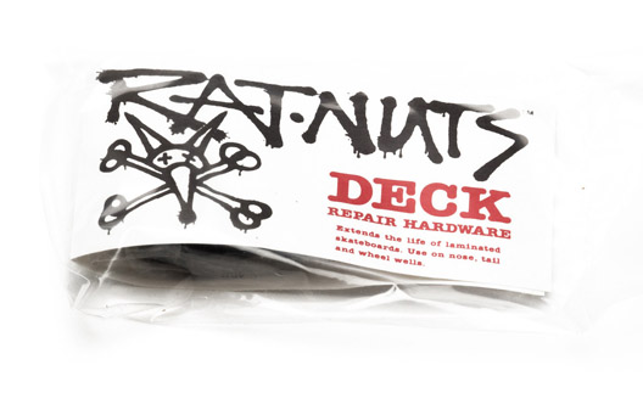After a recent trip to the king of Swedish cash and carry furniture stores, Al Dean has been left thinking about how the 3D design technology industry has so far missed solving the “WTF is this called?” problem

I’ve been doing two things a lot recently. The first is putting together a lot of flat pack furniture as the kids’ bedrooms get finished up. The second is reading a lot around the subject of artificial intelligence. Two subjects that I suspect don’t often get thrown together.
There’s a great deal of talk around the use of artificial intelligence (AI) inside design and engineering systems. Whether it’s a means of using optimisation systems to generate multiple design variants in the same time a human could do them, using analytics to predict product failure or something else, AI is something that’s going to be increasingly discussed and disseminated in the coming years. Why? The simple answer is that there’s a huge groundswell of interest in the subject — we have the compute power now to make these intelligent systems work and, of course, there’s a lot of money at stake.
Where the challenges lie in our corner of the technology world is how this type of machine learning can be applied to everyday practices and processes to assist in the development of a product.
We’re not likely to see an AI driven system that can fulfill a design or requirements brief any time soon (or arguably ever). But we might see smaller tasks and processes picked off that make sense.
Optimisation of structural forms is an obvious choice. Operating with a known set of materials, a known set of parameters, structural load cases and constraints and shape requirements, it makes sense to have a computing system do all of the donkey work for us and then present a number of solutions (and it always should be optimal, rather than optimum) that solve our requirements.
I think most of us can see this working and can envision how this might fit into many organisations’ workflows. But while this automated design conceptualisation idea is one thing, my recent experience with flat pack furniture means that there’s a lot of smaller tasks that could be assisted with a little AI.

So where does IKEA fit in?
This is the question you’re probably asking yourself right now. The answer is that part of my enjoyment of putting together its products is getting to see what the latest revision of its fasteners and material joining techniques look like.
Every time you do one, you’ll find that the process has been tuned, adapted and made more efficient — both in terms of the end result and for the more trained eye, lowering production costs by reducing processing time, I suspect.
Then there’s the fasteners. This is something that this company has spent millions on — exploring ways to make these products easy to put together for the average consumer. They really are a marvel.
Then you start to consider the fastener market. While there are plenty of standardised and well documented fasteners out there that we can all identify, there is an even larger number that we can’t. Imagine a system that was able to take in a 3D model, a little descriptive text or even a photo and then find what you’re looking for.
Googling an unknown fastener is a painful process. Unless you know what it’s called, then you’re pretty much stuck. Unless you’ve ever specified one, chances are you don’t know that a chicago screw is also known as a sex bolt (unless you spent some time on a skateboard in the 80s).
Classification is one way to crack this particular nut (‘cuse the pun), by boiling down a part into its constituent parts — thread, mechanical details, etc.
But, again, that doesn’t help if you don’t have a precise description and that the classification work has been done — for everything.
Then there’s geometric search. A number of vendors have geometric search functionality (Siemens’ Geolus is perhaps the best known).
Sketch up a quick 3D model and find what you want. But, again, this assumes that you’ve got both a comprehensive database against which to search and that you have 3D data available in that database.
But imagine if you could construct an AI drive web search that brought together 3D models from vendors or standard parts catalogs (of which there are many), photographs from suppliers, spec sheets from manufacturers. That sort of work is never going to be done by human beings — there is just way too much involved.
But an AI that’s been taught to collect, analyse and collate that information could. It could learn the difference between an M5 cap head screw with a hex socket or a Torx socket.
It could identify the difference in coating and thread pitch from the photo you snapped on your Google Parts apps and uploaded while disassembling a competitor’s product.
It could tell you that, given your loading conditioning and the fact that you have a plastic part interfacing with 3mm sheet metal in your 3D model, you need a M5 PEM self-clinching flush, type F4 part in metric and the mounting hole is 7.92 mm. That’d be nifty, eh?
How the 3D design technology industry has so far failed to answer the eternal question
Default






